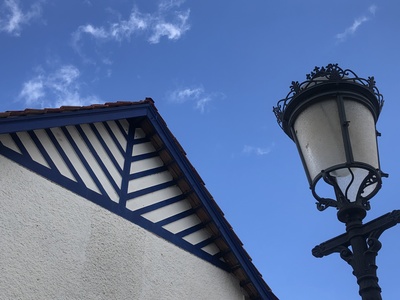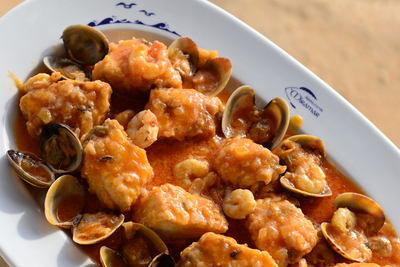Huelva berries: Huelva strawberry and Palos strawberry

The strawberries that came from California found their home in the province of Huelva, and now account for 94% of the total produced in all of Spain. Strawberries, but also raspberries, blueberries, blackberries and the Fresón de Palos, the group of berries, grow all along the coast and the adjoining inland area. Due to the peculiarity of their microclimate and the general excellence of the Andalusian climate, they are the first to be distributed throughout Europe with the commercial advantages that this entails. Gastronomy, the last step in the production of these fruits, which is highly technical and increasingly sustainable, has been incorporated into its recipe book, today becoming a fundamental aspect of Huelva culture.
The history of the strawberry, as happened with the Almeria greenhouses, is nourished by key moments and by characters who lavished ingenuity and hard work. Its genesis starts in the 60's, in the experimental plantations of Antonio Medina, in Moguer. He only had sandy soil on his land, poor in organic matter, and abundant water. This was drained and led to the sea to comfortably extract the peat that remained on the ground. When the first plants of the Tioga variety of strawberries appeared in the famous La Mayora estate in Velez-Malaga, they were immediately tried inthe Huelva with resounding success.
A frantic race was unleashed in the 70s with the cultivation of this Californian plant in Palos de la Frontera. That was also the decade in which the Fresón de Palos appeared with a certain prominence in the markets of Seville and Madrid, due to its exotic character, size, color and sweetness. Its combination with cream became a chic dessert, a guarantee of success and good social standing.
The Huelva Association of Strawberry Producers was established in 1983, which was the start of one of the cornerstones of Huelva and Andalusian agroeconomics. Today, the red fruits occupy almost 12,000 hectares of land, with half being strawberries and a quarter blueberries, followed by raspberries and a small amount of blackberries. Huelva concentrates the most important area of red fruit production in the entire European Union, there is almost nothing! It is also the European leader in strawberry production (no less than a quarter, depending on the campaign) and the world's largest exporter.
Technological innovation, even with crops that don't need soil, the commitment to sustainability and the introduction of new varieties of fruit with improvements in colour, flavour and resistance to pests, are now its hallmark.
Strawberries, and berries in general, are now prominent protagonists of Huelva haute cuisine, although they are increasingly present in the tourist chain. In this sense, there are already companies that offer guided tours of the production fields, as is the case of Huelvaholidays, which shares the history, cultivation processes and tastings both on-site and of the finished products. Other companies have also taken a step forward, like the Sentire Group, which has developed an Enoberry Route. In this case, the proposal combines a tourist train route with visits to different agricultural facilities, such as berries, vineyards, vines and cheese factories, tastings, pairings, participatory gastronomy workshops..., and all these experiences in the heat of a magnificent setting: Donana andEl Condado. Don't miss the train!












